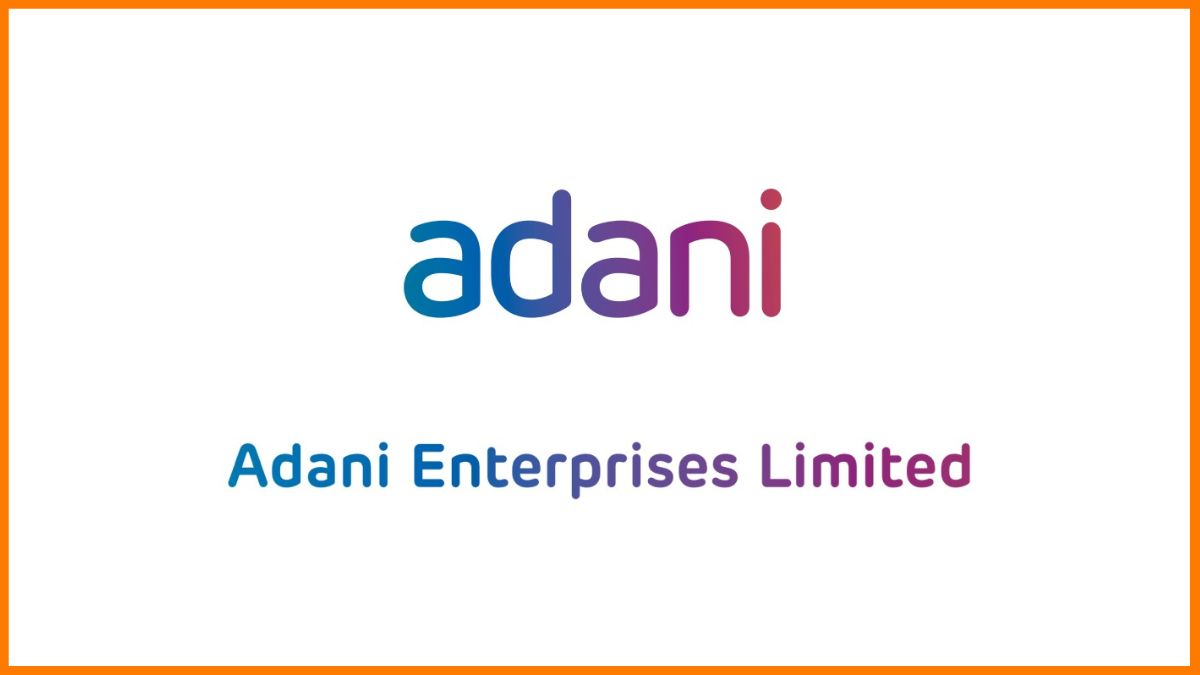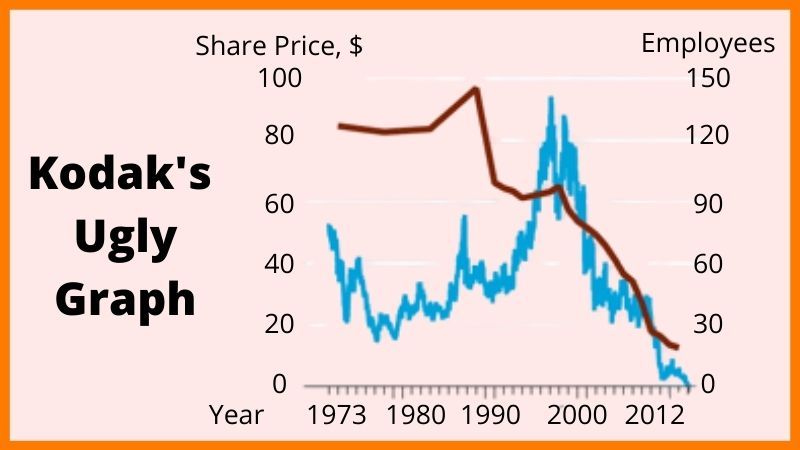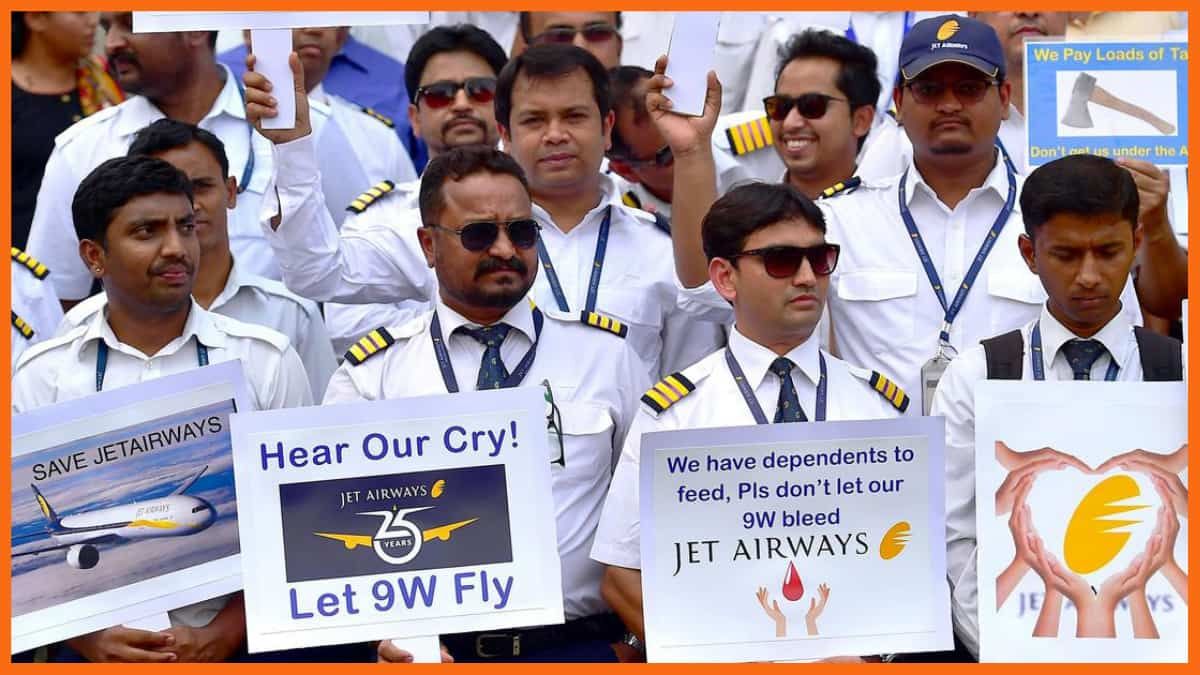If there is one thing that comes to mind when speaking of long-standing brands, then Tata Group is perhaps one of the most outstanding examples of the modern world. Tata Group was established in 1868 with an initial capital of INR 21,000 and today has grown into a leading global business conglomerate with over 100 operating companies across six continents and in over 100 countries to transform the industries and even create a brand that consumers love.
But what is the key that has contributed to this legacy? How has Tata Group managed to establish such a strong and long-standing brand equity in the global economy? The answer is in its distinctive and specially designed marketing strategy.
This case study will focus on the company’s marketing mix, how it manages to balance tradition and innovation, to build and sustain customer trust, and to respond to emerging market challenges. Then we will talk about its current advertising campaign and how Tata Group is still a market leader in India and the world.
Now let’s dive into the marketing strategies that this famous brand is hiding. Let’s begin!
Tata Group: A Global Conglomerate
Tata Group Target Audience
Tata Group Marketing Mix
Tata Group Marketing Strategies
Top Marketing Campaigns of Tata Group
Tata Group: A Global Conglomerate
The company is headquartered in Maharashtra and follows a decentralised pattern, having more than 30 companies under it, and each one is fully autonomous in its respective sector.
Tata Group believes in ‘Humata Hukhta Hvarshta’’ a Parsi verse, which means good thoughts, good words, and good deeds. Moreover, Tata Group became one of the largest contributors to the GDP of India and not only added a 4% value to the country’s GDP but also values to society through the establishment of various trustworthy institutes over the years.
From steel to consumer goods, automobiles to retail, luxury hotels, and coffee chains, the Tata Group is not only investing in established businesses but also emerging sectors, which affirms the group’s commitment towards diversification and continuous growth.
Tata Group Target Audience

The Tata Group caters to the masses, from the mid-class consumer to high-net-worth individuals, depending on product types. For example, Tata Salt and Tata Tea capture the Indian household through highly affordable FMCG products, while premier brands such as Tanishq, Taj Hotels, and the Tata Harrier address seekers of luxury and exclusiveness.
Industry-specific segmentation ensures that the company hits the right spot in all sectors it operates in, from its personal vehicles like Tiago and Nexon to commercial vehicles like trucks and buses. TCS provides innovative IT solution services for enterprise clients in banking, healthcare, and retail.
Tata Steel is the backbone for construction companies, real estate developers, and manufacturers, who get durable products from it. The sustainability of the group attracts environmentally sensitive consumers because of Tata Power’s renewable energy solutions and Tata Motors’ electric vehicles.
Tata also works with government and institutional clients, as companies like Tata Power, Tata Projects, and TCS deliver integrated infrastructure, energy, and technology solutions. It makes sure that the Tata Group stays a leader in terms of innovation and trust across demographics, geographies, industries, and sustainability guaranteed.

Tata Group Marketing Mix
Product Strategy
The Tata Group operates in a variety of industries, including information technology, consumer products, manufacturing, and finance. Its product strategy is that of innovation, quality, and sustainability. This allows the diverse portfolio of the group to meet both current and potential customer needs through the use of products that are environmentally friendly and of the highest order of quality.
Communication and IT services is an industry sector where Tata Communications, Tata Teleservices, and Tata Consultancy Services provide different sophisticated solutions, respectively, in the sectors of telecommunication services, IT services, and consultation. Consumer and Retail operates popular brands such as Tata Sky, Titan, Landmark, and Infiniti Retail, catering for various consumers through products of entertainment, fashion, and consumer electronics.
Defence and Aerospace has two group businesses: Tata Industrial Services and Tata Advanced Materials which together ensure innovative material for services help India grow defence and aerospace. Within manufacturing lies Tata Steel, Tata Motors, Jaguar Land Rover, and Tata Chemicals—all presenting a good combination of metals, car components, petrochemical products, and chemical synthesis. The enterprises of the Tata Group always address changing customer needs as well as maintain the vision of sustainability and best excellence.
Pricing Strategy
Tata Group uses differential pricing for its different subsidiaries. All the companies under Tata Group operate independently, and price-setting may differ from company to company depending on various factors, such as market competition, cost of production, and market perception. This accounts for much difference between Tata Group and other group firms.
Examples: Tata Motors sells affordable cars and even luxury cars like the Tiago and Jaguar, respectively.
Place and Distribution Strategy
Tata Group’s place and distribution strategy is to ensure the products are available everywhere in the traditional as well as the digital space. Over 85 countries and six continents form Tata Group’s large decentralised distribution network. It spreads retail outlets and dealerships with distribution centres in various markets; thus, it brings products closer to customers all around the globe.
Promotional and Advertising Strategy
Additionally, Tata Group has used digital platforms to distribute products, using e-commerce channels and online marketplaces to reach a wider customer base. The group seamlessly merges both physical and online channels, ensuring that its products reach a wide and international audience.

Tata Group Marketing Strategies
The Tata Group epitomises innovation and brilliance in the international business spectrum. The marketing approach of the company is symbolic of how willing the company is to mesh tradition with modernity in attracting a mass audience.
Influencer Marketing
https://www.instagram.com/p/B_pGkZKnHr4/?utm_source=ig_web_button_share_sheet
Tata Group knows that powerful storytelling is the work of influential voices. The brand worked with stand-up comedians, fitness coaches, and tech educators for campaigns such as #WeCountOnYou, to promote positivity during difficult times. These initiatives humanise the brand and build trust with its audience.
The #GetSetBolt campaign is another example of a shining campaign where influencers creatively promoted Tata’s automotive excellence and helped the campaign reach out organically. This strategic alignment with modern influencers guarantees that Tata continues to be a relevant, relatable brand in the ever-evolving digital era.
Digital Marketing
With the support of marketing tools such as Google Ads and Facebook ads, Tata Group has easily adjusted to the age of the digital world and produced effective campaigns. The group focuses on specific keywords of the search engine and ensures that the products and services are well-aligned with customer intent.
YouTube acts as a visual extension of their message, providing engaging content that brings people to their websites. Tata’s adaptability is in its emphasis on lead generation through Facebook ads, where every marketing rupee spent can produce measurable results.
Website Design
Tata Group’s website is not just a digital address but a touchpoint to Tata Group’s legacy, innovation, and future aspirations. It’s a website designed for ease of use, with histories of individual companies to the most recent job openings. Tata’s SEO-rich content stays on top of search engine results, making it a readily available pot of gold for stakeholder and customer consumption. This attention to detail is one of the things that Tata is very committed to.
Social Media

Tata Group has a strong presence on digital channels such as Instagram, Facebook, Twitter, and LinkedIn, with a narrative that is well woven across these platforms. The group engages its audience through interesting stories and posts on Instagram, with innovative products and corporate milestones. Tata does more than marketing by using these platforms to focus on issues such as gender equality, malnutrition, and sanitation and declares itself a socially responsible conglomerate.
Tata Motors, one of the flagship subsidiaries of Tata Group, has some unique strategies to attract its audience. The Instagram grid is visually appealing, with special occasions, employee achievements, and, of course, the beauty of the vehicles. Tata Motors is reaching out to users on Facebook through regional content in Hindi and always responding to feedback.
Its Twitter campaigns are innovative and inclusive, reaching disparate demographics. This is the result of the efforts they have put into its marketing strategy, where Tata Motors has adjusted its approach across platforms while keeping in sync with the group’s overall vision.
Paid Marketing
Tata Group’s success in paid advertising is a result of its precision-targeted strategies. The company uses Facebook and Instagram ads to construct interesting stories that appeal to potential customers. Google Ads go one step further, highlighting Tata’s many offerings—cars to industrial solutions—and directing traffic to their digital platforms. This leads to tangible outcomes since each campaign becomes a conscious step towards the execution of business objectives and also increases visibility.
The Tata Group sets the standards by interweaving innovation, tradition, and social responsibility so seamlessly within its marketing strategy

Top Marketing Campaigns of Tata Group
Campaign #1: Tata Capital’s ‘Mitaye Faasle’ Campaign
“Mitaye Faasle” Campaign
The campaign ‘Mitaye Faasle’ with brand ambassador Shubman Gill is about empowering customers to bridge the gap between their aspirations and achievements. For 3 to 4 weeks, this integrated marketing campaign was running across the TV, OOH, social media, and digital platforms. Shubman Gill’s fight to overcome hurdles is compared to the consumers’ will to make it big in buying a home, growing a business, or funding education. This campaign also highlights Tata Capital’s role of being a financial enabler to help customers achieve their goals.
Campaign #2: IPL 2023 Campaign for Tata Electric Vehicles
Tata Motors strategically used the hype of IPL 2023 to increase their sales of EVs in India. The campaign became a successful one as the sales of Tata EV went up by 200% in the IPL season. The event has carried on to the momentum, and Tata has become the leader of the EV market with great sales figures. It was the perfect campaign for Tata in its mission to democratise the EV space in India by making electric vehicles more desirable and accessible.
Campaign #3: Tata Motors “Desh Ka Truck” Campaign
“Desh Ka Truck” Campaign
A common trend in advertising is to celebrate the end of a quarter, and Tata Motors—a leader in India’s commercial vehicle space—decided to take its best foot forward with its “Desh ke Trucks” campaign. Introduced in September 2022, the campaign aimed to herald Tata’s leading truck platforms—Prima, Signa, and Ultra—as epitomes of innovation and reliability. It highlighted features like fuel efficiency, safety technologies (CMS, LDWS), driver comfort, and the Fleet Edge connected telematics platform through entertaining slice-of-life commercials.
Continuing the successful run of the campaign, Tata Motors launched a five-part content series that dug deep into areas such as comfort, productivity, and advanced safety systems using engaging but minimalistic storytelling.
Campaign #4: ‘100 Reasons to Go.ev with Tiago.EV’ Campaign
Reason #43 of “100 Reasons to Go EV with Tiago. EV’s” campaign
Tata Motors planned to dominate the Indian electric vehicle (EV) market, and as part of this strategy, the company recently launched the ‘100 Reasons to Go EV with Tiago. EV’s campaign in 2023. Through this campaign, they tried to educate their consumers about the benefits of adopting EVs. Moreover, this campaign was focused on debunking various myths related to electric vehicles.
Campaign #5: ‘Jago Re’ Campaign
‘Jago Re’ Campaign
Tata Tea’s “Jago Re Campaign” started in the year 2007 and became one of the most iconic campaigns. The campaign was focused on calling for action on issues such as corruption, voting, and national responsibility. Tata Tea leveraged powerful storytelling and turned out emotionally resonant ads to essentially connect with the country’s need for doing something good in society, thus establishing it as a cause-based advertising entity while showcasing itself as an agent of social change.

Conclusion
Tata Group’s marketing strategy combines tradition with innovation, using a strong focus on quality, sustainability, and customer trust. Tata has built a universal brand that has been recognised within all segments of the market due to the diversified portfolio of the company. The strength of the Tata Group’s brand does not only exist in its past but also in its capability to accommodate the present while assiduously following its set values.
FAQs
What is the strategy of Tata Group for different consumer segments?
Differential pricing and product strategies are used by Tata Group in different market segments. For instance, it sells affordable products such as Tata salt to the average customer and luxury goods like Jaguar cars and Tanishq jewellery to the ones looking for premium luxury.
How do Tata Group companies approach digital marketing?
Tata Group uses all digital marketing platforms, from Google Ads to Facebook Ads, YouTube, and all other social media channels. These campaigns are targeted to generate leads, drive traffic to their products, and stay relevant in the highly competitive marketplace.
Tata Group has infused sustainability into its marketing. How?
Of course, Tata Group has a clear central focus on sustainability. Two big businesses that support it include electric vehicles under the product lines of Tata Motors and renewable energy solutions provided by Tata Power. Those appeal to the more eco-friendly consumers and match world trends on sustainability.



























































